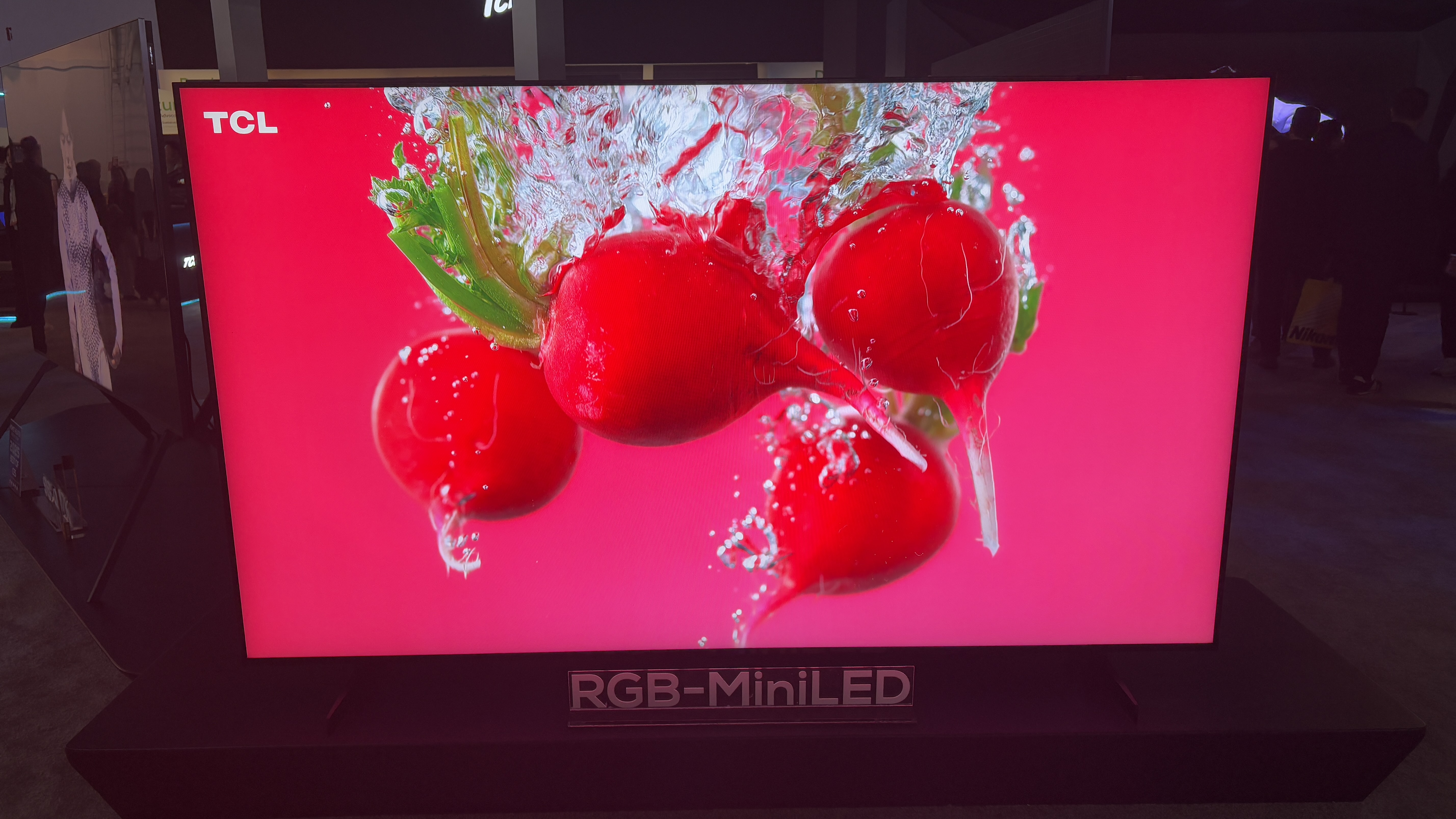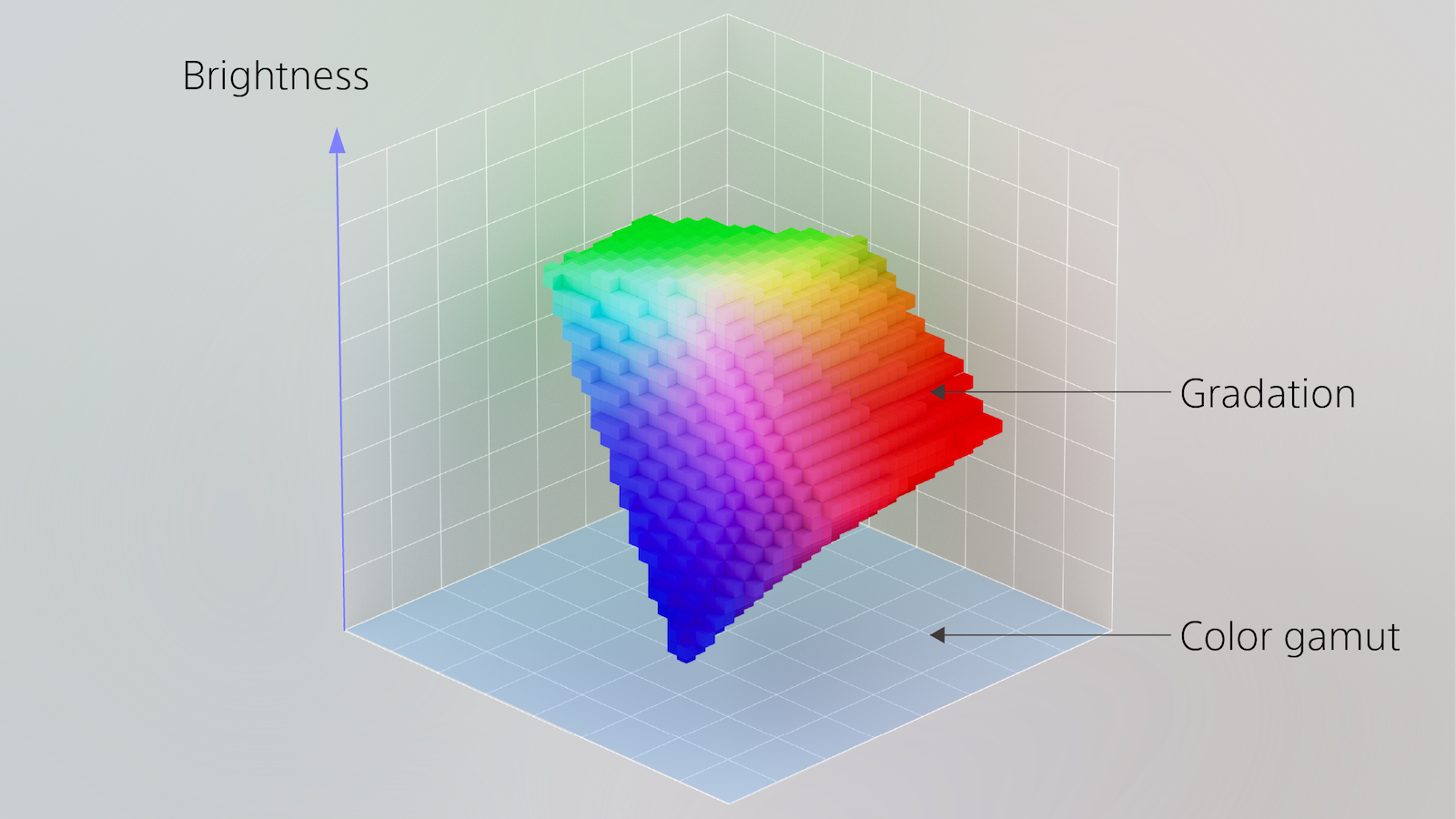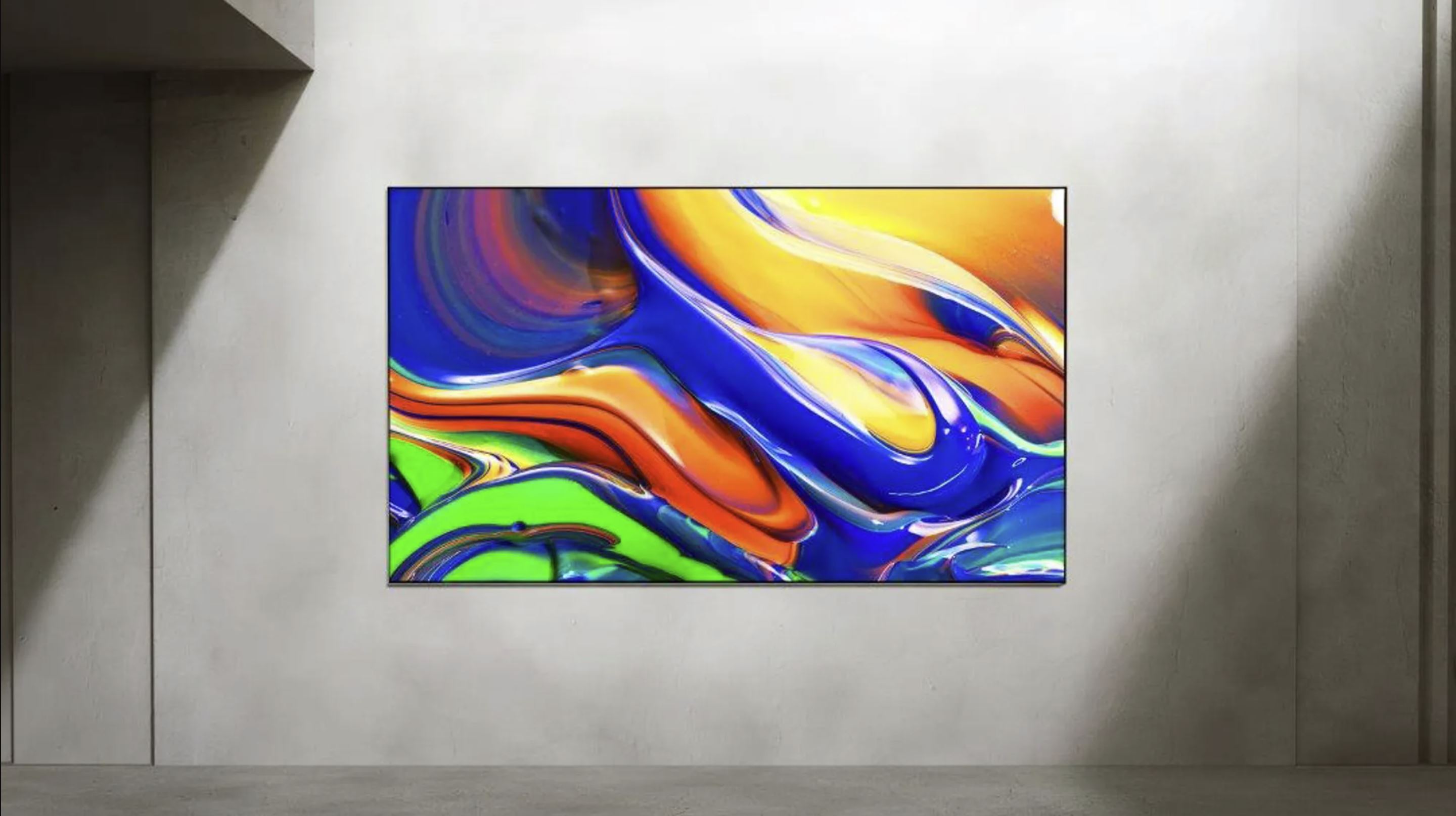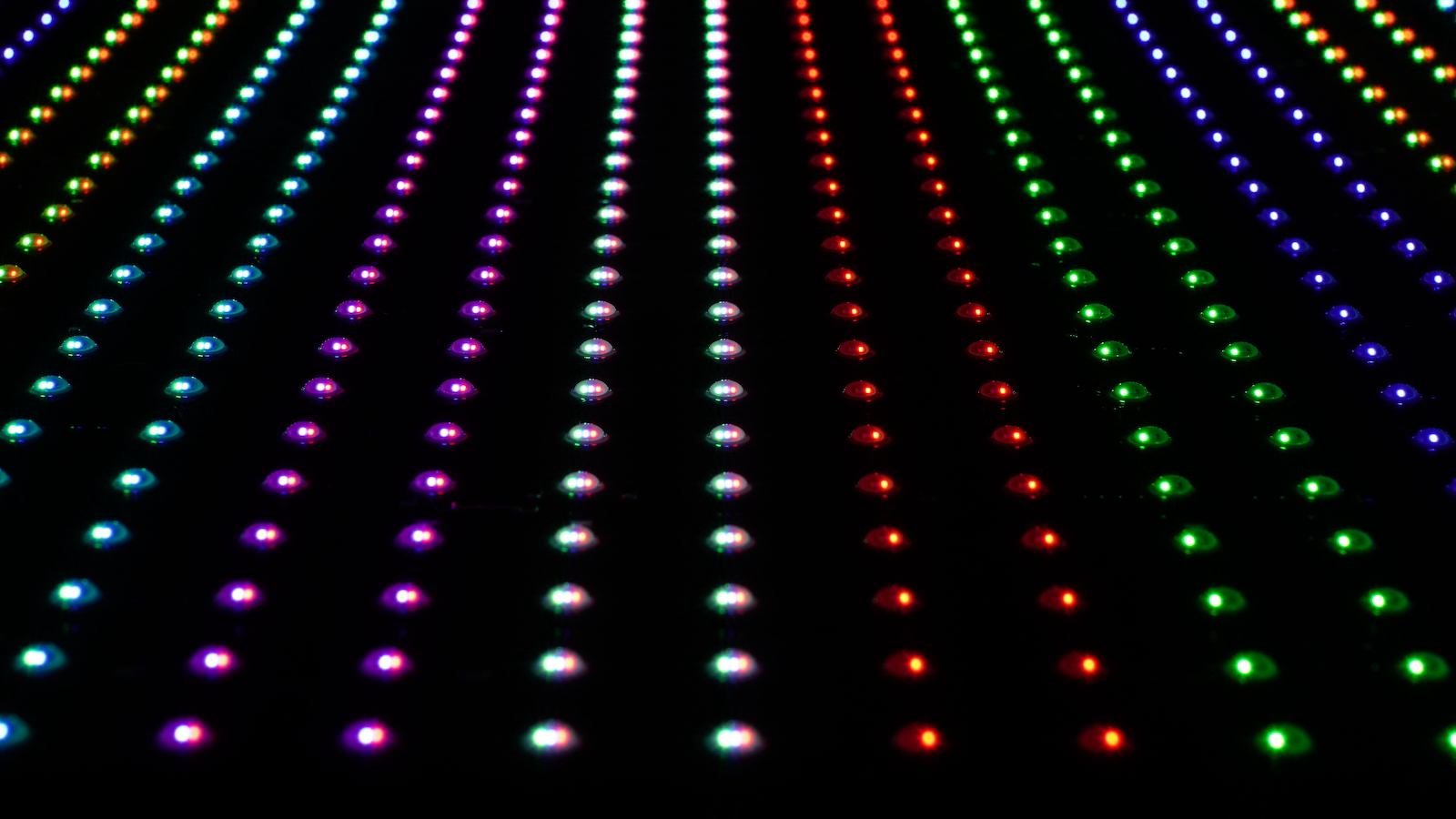RGB Mini LED: all you need to know about the TV panel tech that could defeat OLED
What is RGB Mini LED? How does it work, what are the benefits and when is it coming?

The evolution of TV tech seems to move at a lightning pace. But if you already keep your eyes peeled for the latest AV trends, you may have already heard of RGB Mini LED.
Sony, Hisense, Samsung, and TCL have all teased RGB Mini LED TVs in the past few months, with various claims being made about the technology’s potential to surpass OLED for picture quality.
Those are bold claims indeed, but it is true that RGB Mini LED has some clear benefits.
So, just what is RGB Mini LED? Why did it turn heads at CES 2025? Even more importantly, when will it come to your local retailer or online emporium? Keep reading and we will explain all.
What is RGB Mini LED?

There are two major types of TV display on today’s market. The first comprises LCD/LED displays, which use a backlight behind a matrix of liquid crystals to control the amount of light reaching the viewer.
The second type of display is OLED, where self-illuminating pixels emit their own light without the need for said backlight.
Quantum Dot Mini LED (what Samsung refers to as ‘Neo QLED’) is the most advanced form of LED display currently found in the consumer electronics world.
The latest hi-fi, home cinema and tech news, reviews, buying advice and deals, direct to your inbox.
These employ a Mini LED backlight for focused local dimming and tiny light-emitting semiconductors to achieve a broader and more precise colour range.
Mini LED displays normally incorporate a thin layer of blue LEDs with a QDEF (Quantum Dot Enhancement Film) that sits between the backlight and the LCD panel. The Quantum Dots absorb the blue light and re-emit it as red and green light.
This enhances both the available colour gamut and display brightness over other technologies. But this process is now considered sub-optimal and less efficient.
So, enter RGB Mini LED. Rather than plump for blue LEDs, which must be converted to red and green (while letting blue light pass through), RGB Mini LED places independent red, green and blue LEDs into an optical lens behind the LCD panel.
This removes the need for a QDEF layer. The local dimming is now a three-colour process that doesn’t rely on a conventional blue or white backlight.
What are the benefits of RGB Mini LED?

TV makers don’t invest in massive technology advancements unless there are big upsides in performance and efficiency. Let’s look at what RGB Mini LED has to offer.
There are five key benefits to RGB Mini LED:
- Wider colour gamut and better colour accuracy – Because RGB Mini LED uses red, green and blue LEDs to create colours, there’s no need for a colour conversion system such as QDEF. The result is potentially purer, more accurate colours, along with a wider colour space. Some manufacturers are touting an available colour gamut of 97 per cent or 99 per cent of BT2020 (which encapsulates the full range of human colour perception). Naturally, this should result in more lifelike and intense colours from movies and media.
- Improved brightness – The new tech theoretically enables images to be much brighter than competing technologies. With independent RGB LEDs, there’s less light loss caused by the Quantum Dot colour conversion. High brightness displays with RGB Mini LED can potentially get to a staggering 10,000 nits, although the next generation of consumer products is predicted to max out at around half of that figure.
- Better contrast – The gains from the increased colour accuracy and brightness available in RGB Mini LED panels should also lead to better overall contrast ratios – though that will of course also depend on a TV’s light control and black depth. Improved contrast results in a more solid and dynamic picture.
- Lower blue light emission – As blue light is discretely controlled in RGB Mini LED devices, there is a reduction in fatiguing blue light emissions. This will contribute to a more comfortable viewing experience, particularly for low-light conditions, when many of us prefer to watch movie content. Lower blue light emissions can promote longer viewing sessions while reducing eye strain.
- Lower energy consumption – The blue light conversion to red and green in conventional Mini LED TVs eats up electrical energy. As RGB Mini LED removes this function from the image creation process, there’s less power used. RGB Mini LED could save as much as 20 per cent of energy usage over an equivalent-sized OLED display, for example.
Which manufacturers are involved? When will RGB Mini LED be available?

It was at CES in Las Vegas in January that several manufacturers unveiled their TV wares incorporating the new RGB Mini LED tech.
Hisense brought its 116-inch 116UX model to the show floor The company claimed that it will achieve the widest colour gamut ever seen with a Mini LED display.
It’s also slated to cost $30,000 at launch, although a 100-inch version was also on show. Expect the first units to ship within China, with other markets getting their hands on them by the summer.
Samsung also revealed its RGB Micro LED display at CES. Back then, the Korean manufacturer suggested that 75-, 85- and 98-inch versions could soon be on the way.
But earlier this month, Samsung stated that a huge 115-inch model will be added to the roster. Expect to see the first models appear in June.
Note that there is some ambiguity over Samsung’s naming convention: true Micro LED is a self-emissive tech that uses individual LEDs as pixels, whereas the Samsung ‘Micro LED’ product relies on an LCD screen layer and backlight, which is what most people, including us, consider to be an RGB Mini LED display.
TCL showed off consumer prototypes of its RGB-MicroLED – the tech brand name here is written as by the manufacturer – dotted around the CES exhibition halls. Although no release dates have been set, expect these to push out to 2026, or late 2025, at best.
Of course, what you all want to know: is RGB Mini LED better than OLED?

Well, yes and no. While RGB Mini LED is essentially a successor to Mini LED, rather than OLED, it does
have some potential advantages over the latter. Those include higher peak brightness and no threat of burn-in.
On the flipside, RGB Mini LED will never have the pixel-level contrast control of OLED, and it will struggle to match it for black level and response times.
It’s also worth noting that while brightness is a traditional limitation of OLED technology, new iterations of OLED, such as Primary RGB Tandem OLED and QD-OLED, have and continue to take OLED to new levels of brightness.
One wonders if, once it hits the mainstream, RGB Mini LED tech will have much of a brightness advantage over OLED after all.
Even we don’t yet know how this one will shake out, so stay tuned for all of the RGB Mini LED developments as we get them.
MORE:
These are the best Mini LED TVs we've reviewed
We rate the best OLED TVs for serious movie fans
Our picks of the best Dolby Atmos soundbars
Martin Dew is a freelance contributor to What Hi-Fi?'s TV and AV section. With multiple decades experience he has worked as both a journalist and internal industry expert at big name company's, including the THX Division of Lucasfilm Ltd at Skywalker Ranch.
You must confirm your public display name before commenting
Please logout and then login again, you will then be prompted to enter your display name.
